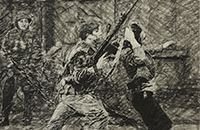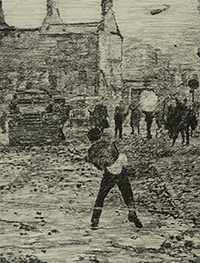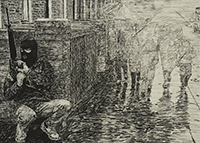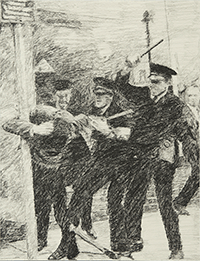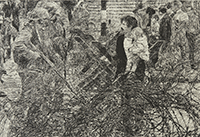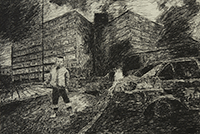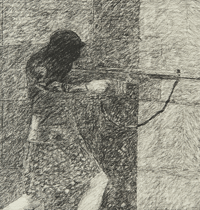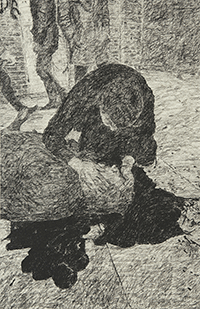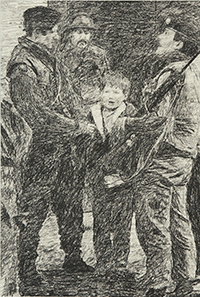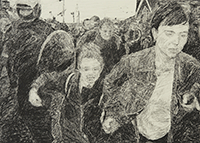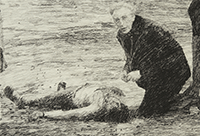From a Colonial Point of View
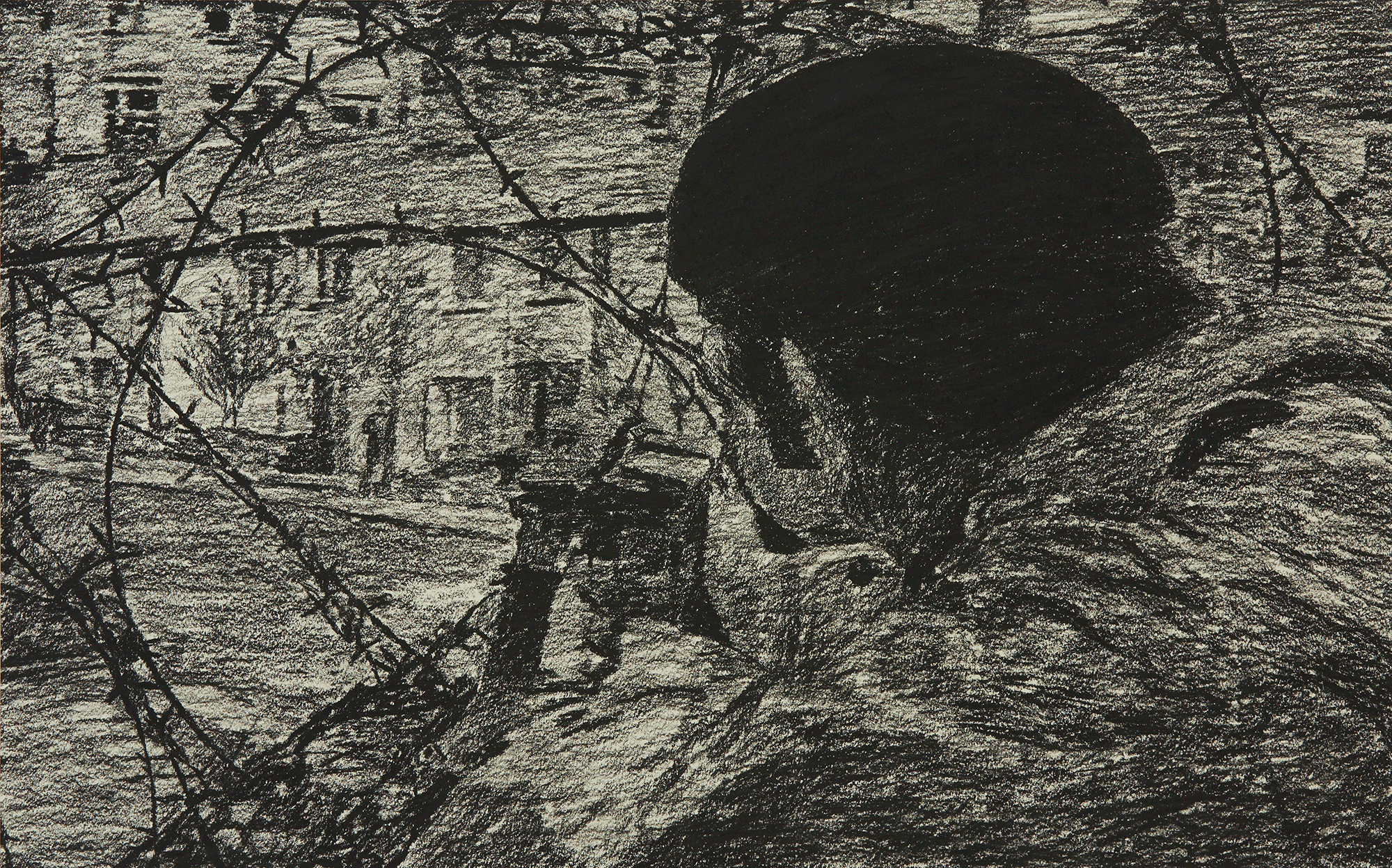
From a Colonial Point of View
In August of 1969, Britain deployed troops in Belfast and Derry to restore order following the riots. During the riots that occurred across the North of Ireland following the attacks on civil rights marchers, hundreds of homes were destroyed, about 1,800 people were displaced, and eight people were killed. In Belfast, the entirety of Bombay Street, a Nationalist area, was burned. The RUC killed a young boy after firing heavy machine gun rounds at Divis Flats in the Nationalist Falls Road area. Many in the Nationalist community were relieved that the military had been deployed to restore order and preferred their presence to that of the RUC, which was more than 90 percent comprised of those from Unionist backgrounds. Over time the relations between the British military and the Nationalist community deteriorated.
The Irish Republican army split into two factions, the Provisional IRA and the Official IRA. The Provisionals thought that the IRA needed to be more militant to protect the Nationalist community and initiated a new armed campaign against Northern Ireland and the British occupation of the North. The Official IRA was more Marxist and sought to form a united front with other Irish communist organisations. The Provisionals would eventually be the more dominant Republican paramilitary group. Loyalist paramilitary activities also increased at this time. In 1971 the Ulster Volunteer Force (UVF) Bombed McGurk’s Bar in Belfast, an establishment frequented by Nationalist civilians. The blast was the single deadliest in Belfast during “The Troubles”. Fifteen civilians, including two children, were killed and seventeen more were wounded. British security forces initially blamed the IRA for the attack despite evidence to the contrary. In September of 1971, the Ulster Defence Association (UDA) formed. The UDA was not outlawed as a terrorist organisation by the British government until 1992, but members under the cover name Ulster Freedom Fighters (UFF) carried out paramilitary attacks on behalf of the UDA.
The British army increased its control over Nationalist areas in an attempt to combat the IRA. In July of 1970, the British army enforced a curfew in the Falls. The Lower Falls area was cordoned off leading to hours of gunfire and tear gas. By 1971 the Provisionals and Officials directly targeted the British army. The Northern Irish government introduced a policy of internment without trial and detained roughly 2,000 individuals over a four-year period. Less than ten percent of the detainees were Loyalists, and no Loyalists were detained in the initial sweep. Although the UDA and UVF were killing a significant number of Nationalist civilians, far fewer Loyalist militants were imprisoned than Republican militants. Due to the increasingly biased use of force against the Nationalist community, the British army was seen as more of an occupying colonial force than a security or counterinsurgency force.


